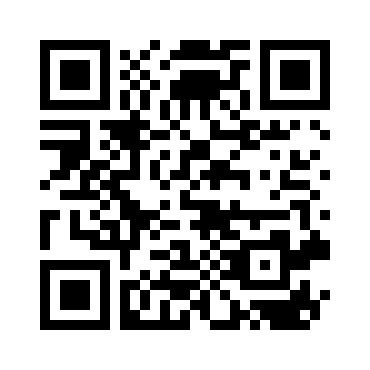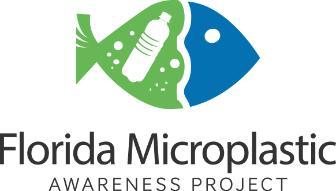Florida Microplastic Awareness Project: Get involved
There are multiple ways to get involved and help raise awareness about microplastics in our waters and help keep them clean. The simplest way is to take a pledge to reduce your plastic waste. You can also volunteer to help collect data about plastics in our local waterways, or to help teach others about microplastics.
TAKE THE PLEDGE to reduce your contribution to microplastic pollution.

If you've already contacted Maia McGuire, and are ready to start collecting data, below are the links to report data and volunteer time.
Sampling for Microplastics
Below are some resources that might be useful if you want to learn how to sample for and identify microplastics in water or sediment samples. Protocols are based on methods developed by Abby Barrows, PI for Adventure Scientists' Worldwide Microplastics Project.
FMAP Volunteer Manual (updated 7/24/17). This manual contains information for volunteers with the Florida Microplastic Awareness Project, including protocols and forms.
TRAINING VIDEOS--these videos demonstrate the methods being used by the Florida Microplastic Awareness Project.
- How to collect a water sample, and how to find the GPS coordinates for your sampling site (3:23)
- How to prepare filtered water for use in rinsing sampling equipment (3:30)
- Using a separatory funnel for samples containing a lot of sand/sediment (4:15)
- How to filter a sample (5:15)
- How to observe your filter, and how to test fibers using the "hot flame technique" (3:48)
- Identifying items seen on the filter (3:46)
NOAA's Laboratory Methods for the Analysis of Microplastics in the Marine Environment was published in July 2015. The methods are best suited for a university or formal lab setting (as opposed to K-12 or citizen science efforts). Methods are given for both sediment and water samples.
Here are some suggested methods for Sampling for Microplastics in Beach Sand.
Identifying Microplastics
The Marine and Environmental Research Institute has a great Guide to Microplastic Identification with tips for observing and identifying microplastics from water samples that have been vacuum-filtered through 0.45 micron gridded filter paper. It does not try to identify the source of the plastic, but has suggestions about how to tell if something is plastic or not.
PublicLab has a great resource to use when trying to determine if something is plastic or not. Remember that cotton fibers will "shrink away" from the hot needle, but the other uses of the hot needle described on the website should help you distinguish between plastics and non-plastics.
Become a Volunteer
The Florida Microplastic Awareness Project (FMAP) has a network of coordinators around the state (see map for contact information.) If you would like to volunteer with an existing coordinator, or would like information about establishing a sampling location in a new area, please contact Maia McGuire.





